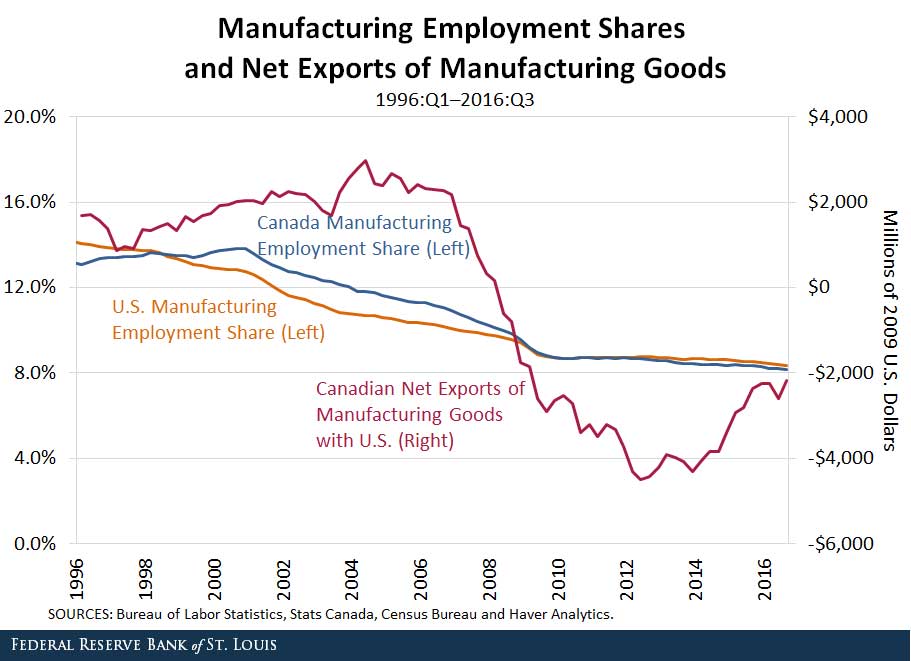By USMC Life|December 8th, 2016|
Selected by President-elect Donald J. Trump as the new nominee for head of the Department of Homeland Security, retired General John Kelly is now one of three retired generals -joining retired Marine General James Mattis and retired Army Lieutenant General Michael Flynn- who are in line to be top-tier advisors to the future President of the United States.
Respected by those who he led into combat and a grizzled veteran of the Persian Gulf and Iraq Wars, Kelly also knows the personal losses of war all too well- his own son -1st Lieutenant Robert Kelly- was killed in Afghanistan in 2010.
Only four days after his son was killed, Kelly gave the eulogy -which was later chronicled in Business Insider- for two extraordinarily brave Marines who gave their lives to protect their brothers-in-arms.
In the packed room, he spoke of the two Marines, who were from entirely different walks of life and -in the face of the very example of “fight or flight”- had held their ground, leaving this world on their own two feet, with their fingers on their triggers and hot brass flying through the ears.
Here are the words General Kelly had for his two “sons,” who gave their lives embodying the very ethos of the US Marine Corps:
“Two years ago when I was the Commander of all U.S. and Iraqi forces, in fact, the 22nd of April 2008, two Marine infantry battalions, 1/9 “The Walking Dead,” and 2/8 were switching out in Ramadi. One battalion in the closing days of their deployment going home very soon, the other just starting its seven-month combat tour.
Two Marines, Corporal Jonathan Yale and Lance Corporal Jordan Haerter, 22 and 20 years old respectively, one from each battalion, were assuming the watch together at the entrance gate of an outpost that contained a makeshift barracks housing 50 Marines.
The same broken down ramshackle building was also home to 100 Iraqi police, also my men and our allies in the fight against the terrorists in Ramadi, a city until recently the most dangerous city on earth and owned by Al Qaeda. Yale was a dirt poor mixed-race kid from Virginia with a wife and daughter, and a mother and sister who lived with him and he supported as well. He did this on a yearly salary of less than $23,000. Haerter, on the other hand, was a middle-class white kid from Long Island.
They were from two completely different worlds. Had they not joined the Marines they would never have met each other, or understood that multiple Americas exist simultaneously depending on one’s race, education level, economic status, and where you might have been born. But they were Marines, combat Marines, forged in the same crucible of Marine training, and because of this bond they were brothers as close, or closer, than if they were born of the same woman.
The mission orders they received from the sergeant squad leader I am sure went something like: “Okay you two clowns, stand this post and let no unauthorized personnel or vehicles pass.” “You clear?” I am also sure Yale and Haerter then rolled their eyes and said in unison something like: “Yes Sergeant,” with just enough attitude that made the point without saying the words, “No kidding sweetheart, we know what we’re doing.” They then relieved two other Marines on watch and took up their post at the entry control point of Joint Security Station Nasser, in the Sophia section of Ramadi, al Anbar, Iraq.
A few minutes later a large blue truck turned down the alley way—perhaps 60-70 yards in length—and sped its way through the serpentine of concrete jersey walls. The truck stopped just short of where the two were posted and detonated, killing them both catastrophically.
Twenty-four brick masonry houses were damaged or destroyed. A mosque 100 yards away collapsed. The truck’s engine came to rest two hundred yards away knocking most of a house down before it stopped.
Our explosive experts reckoned the blast was made of 2,000 pounds of explosives. Two died, and because these two young infantrymen didn’t have it in their DNA to run from danger, they saved 150 of their Iraqi and American brothers-in-arms.
When I read the situation report about the incident a few hours after it happened I called the regimental commander for details as something about this struck me as different. Marines dying or being seriously wounded is commonplace in combat. We expect Marines regardless of rank or MOS to stand their ground and do their duty, and even die in the process, if that is what the mission takes. But this just seemed different.









